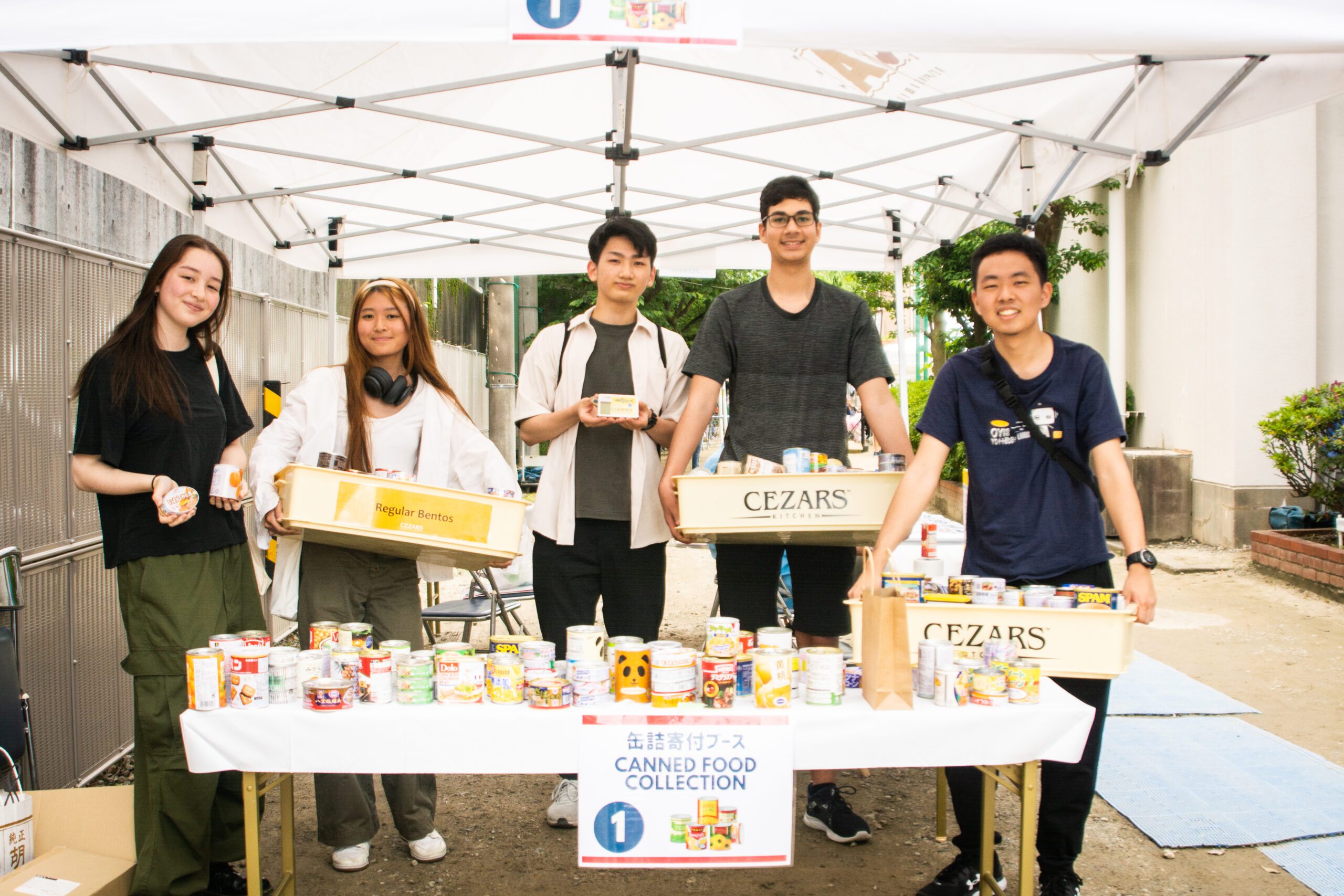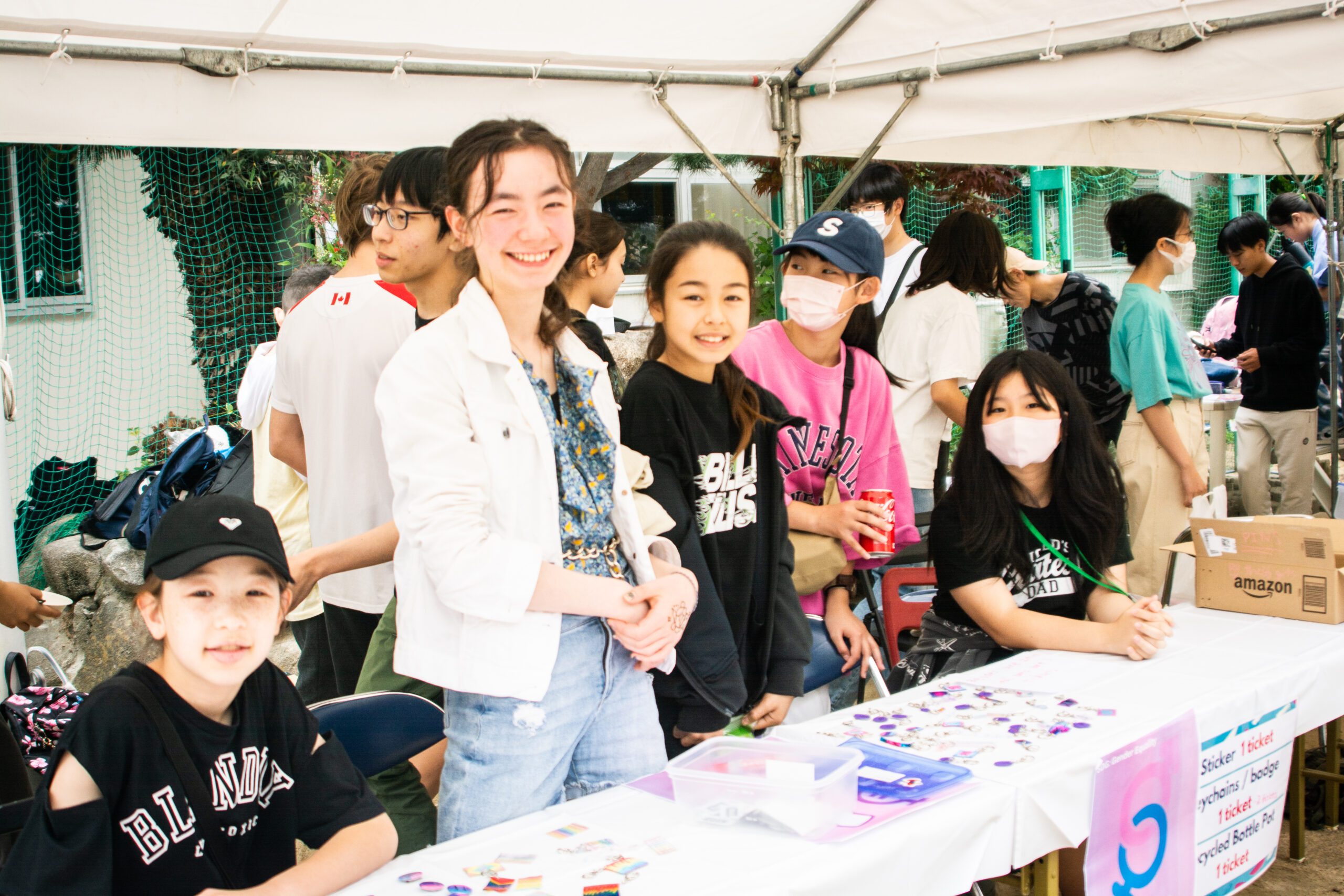
OYIS Service Learning program gives students opportunities to engage with their community in a real and meaningful way. Through their service activities, students undertake various challenges that allow them to develop new skills, identify their strengths, voice their opinions and concerns as well as work collaboratively with others.
By making connections to classroom content, relevant literature, and community needs, the Service Learning Program allows students to:

Click here to start your application
Sign in Here
Osaka YMCA International School – Copyright 2025